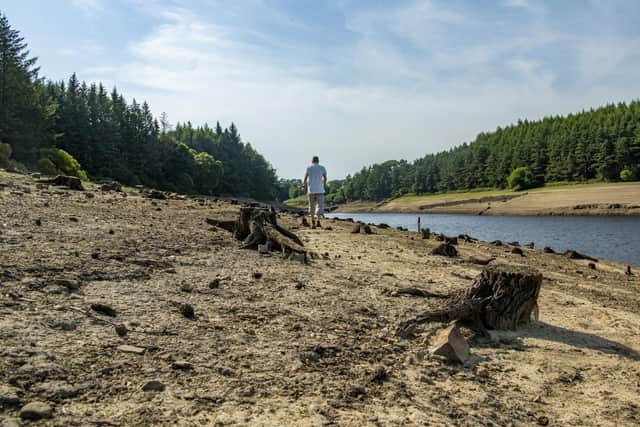Drought permits issued across parts of Yorkshire to protect drinking water supply as reservoirs run 25% lower
Reservoir levels are around 25 per cent lower than they were a year ago, following a long hot summer and low rainfall which has already caused a drought to be declared. Now, the Environment Agency (EA) has issued permits allowing Yorkshire Water to conserve its levels in 12 reservoirs across the region’s North West.
The water company's usual license means it must release water to maintain healthy rivers, but this means it can focus instead on bolstering drinking water supplies. The permits apply to reservoirs across Wharfedale, Bingley, Shipley, Craven, Yeadon, Baildon and the Worth Valley, and will apply until the end of March.
Yorkshire's drought manager for the EA Victoria Slingsby said: "Despite recent rainfall in Yorkshire, this has not been enough to refill rivers and reservoirs and we are still facing a serious deficiency of water supplies."

